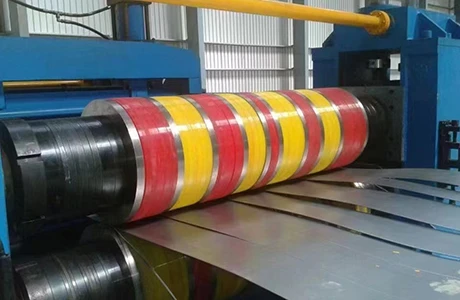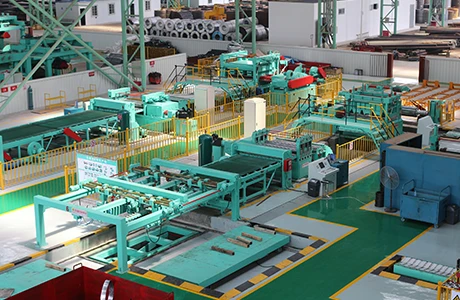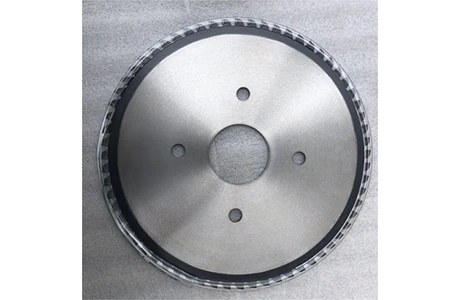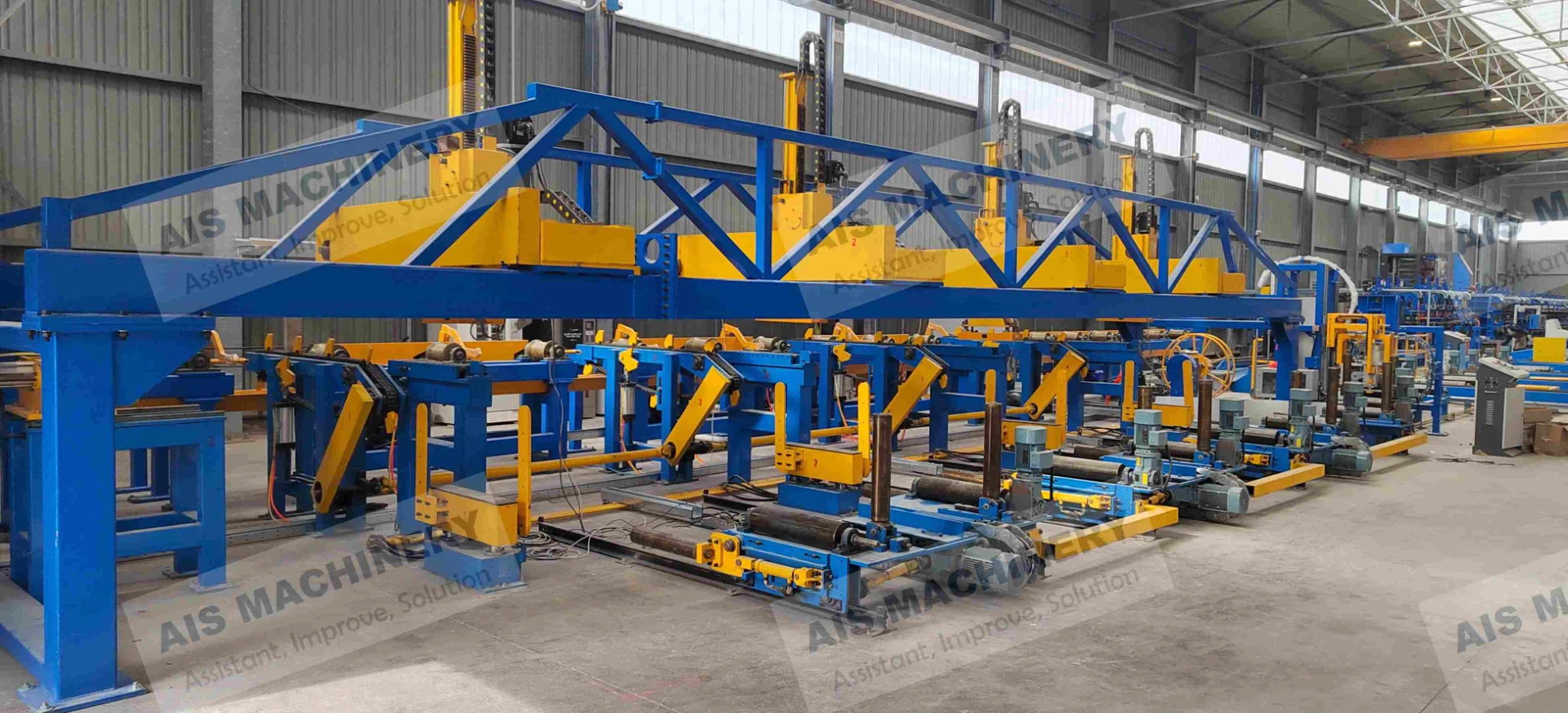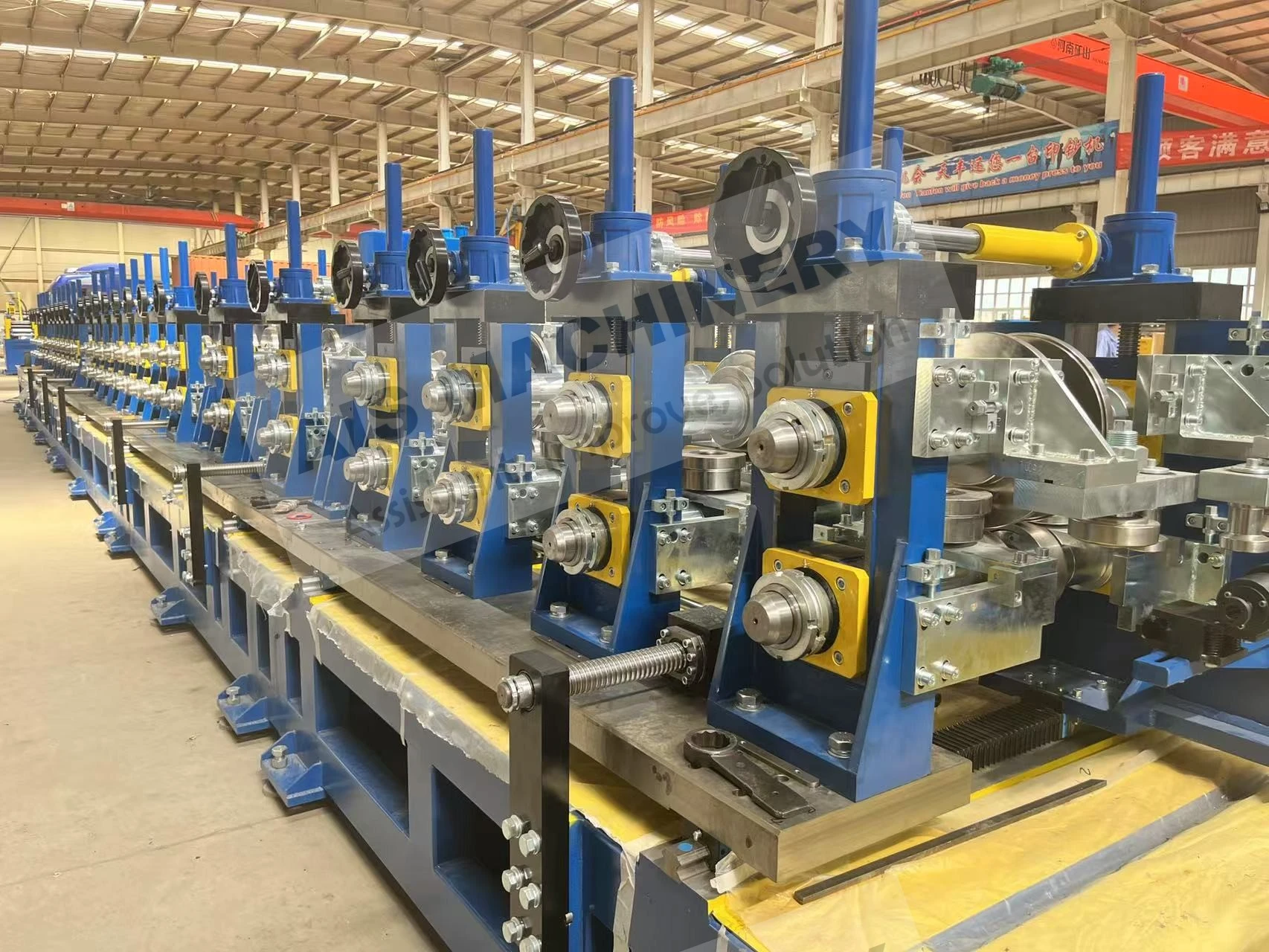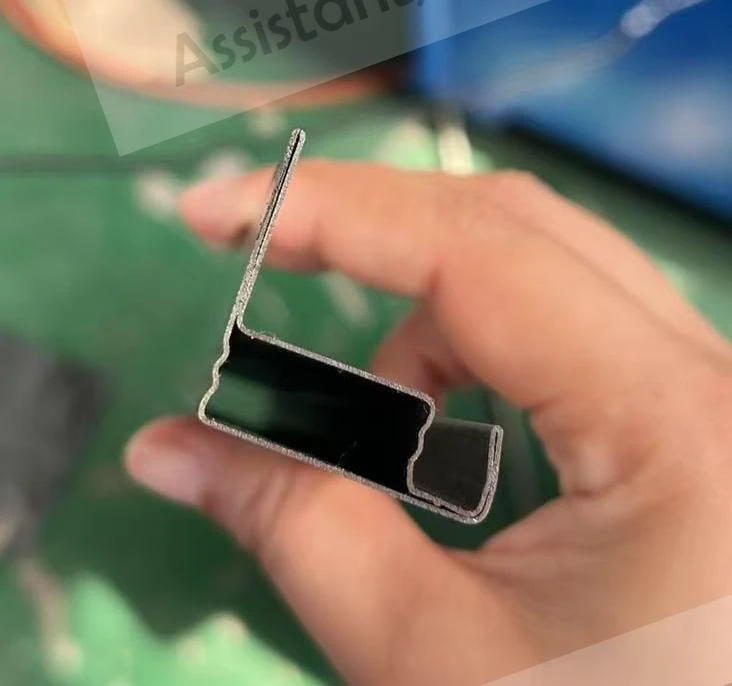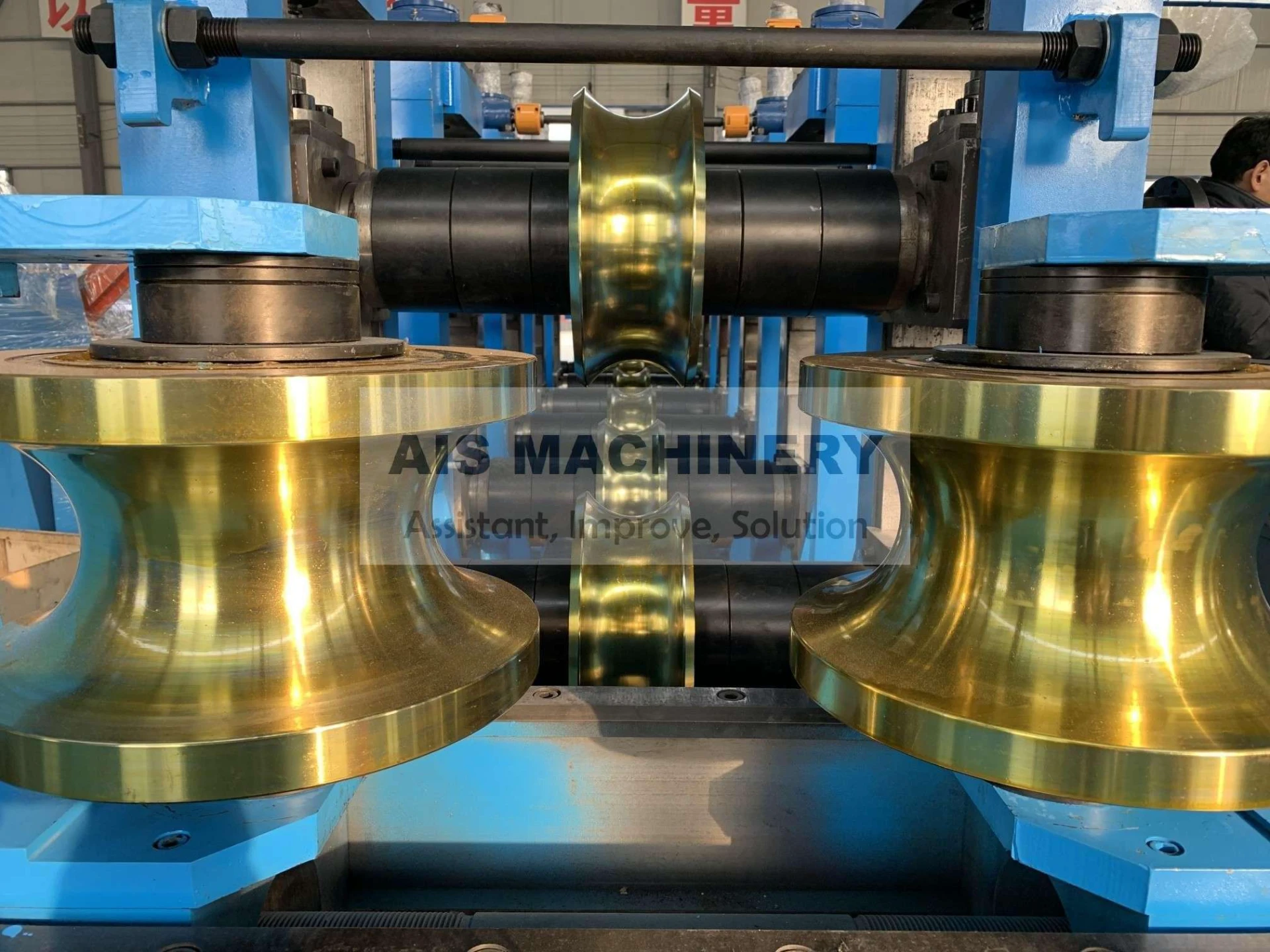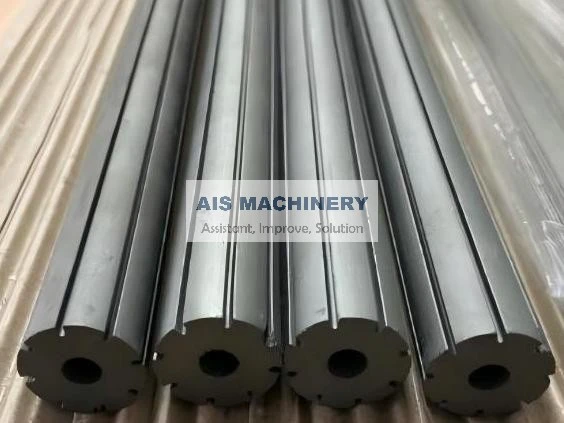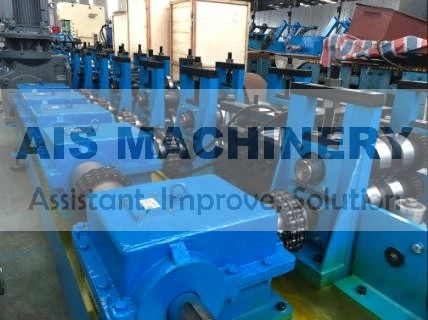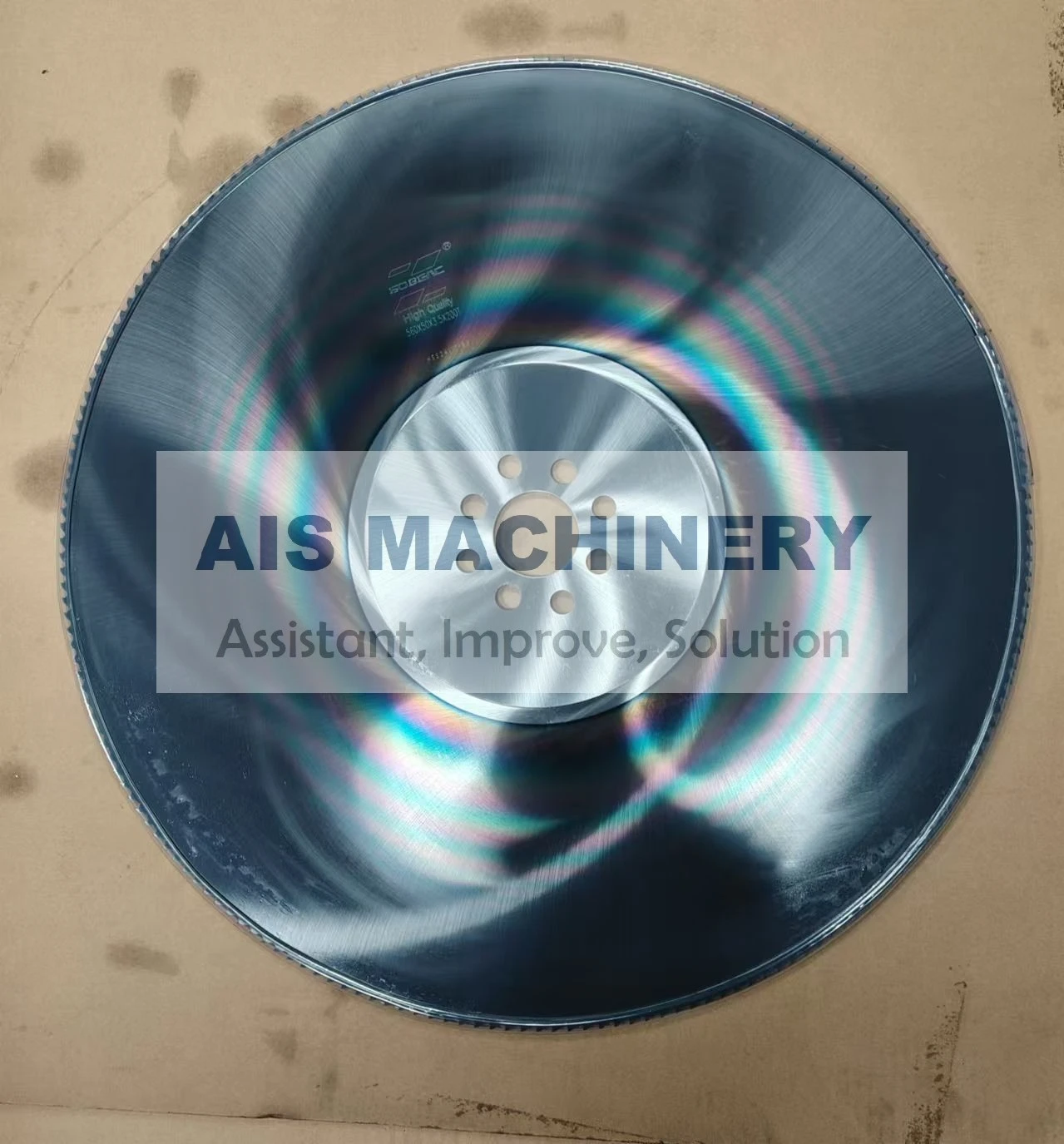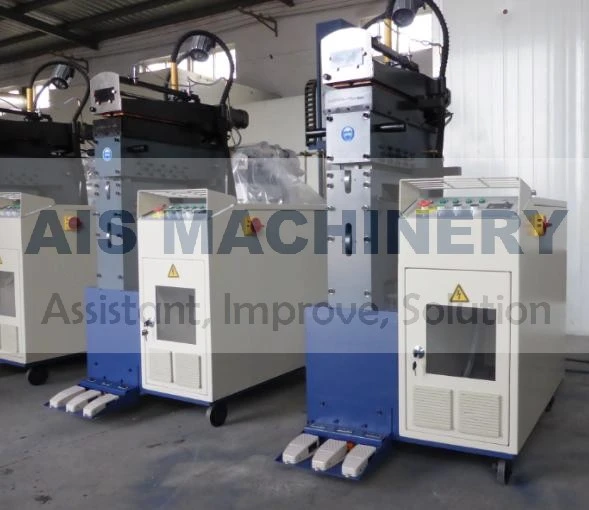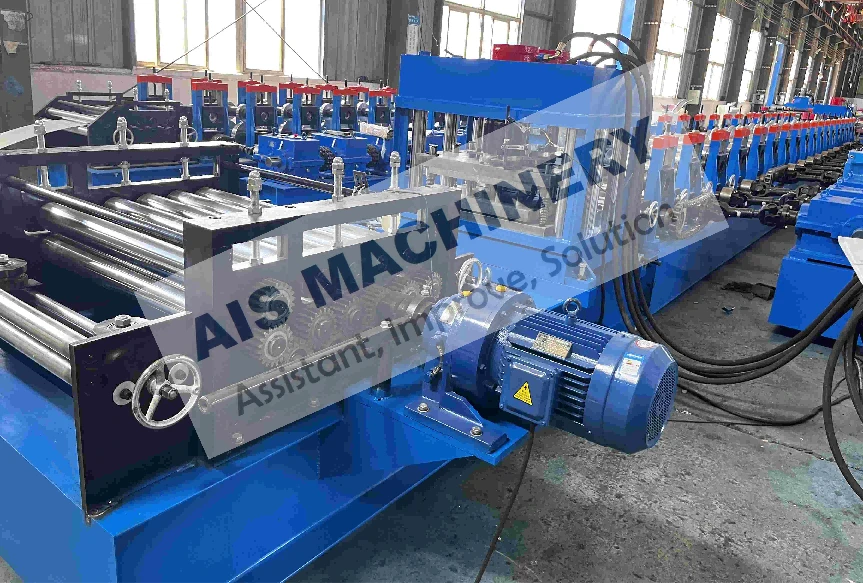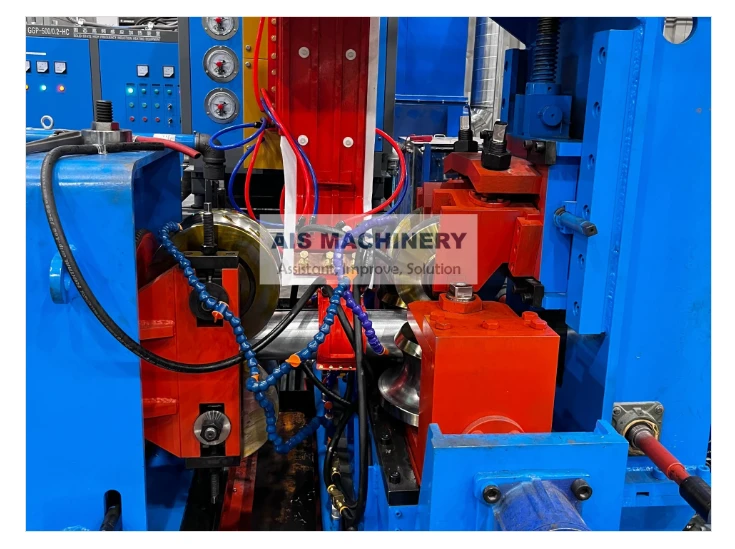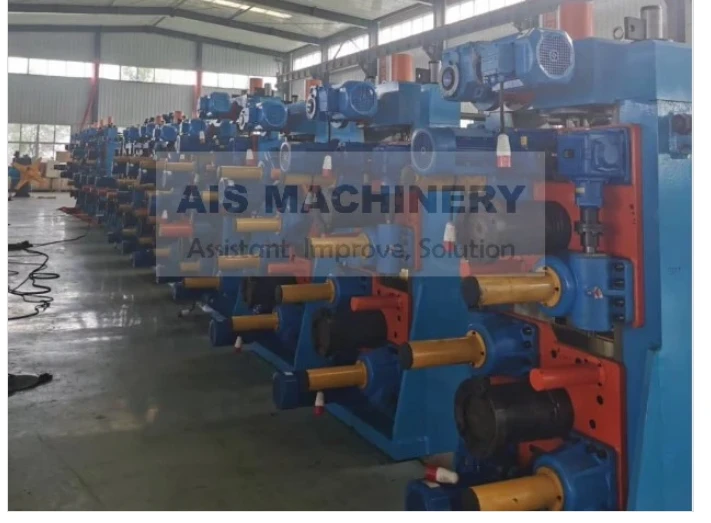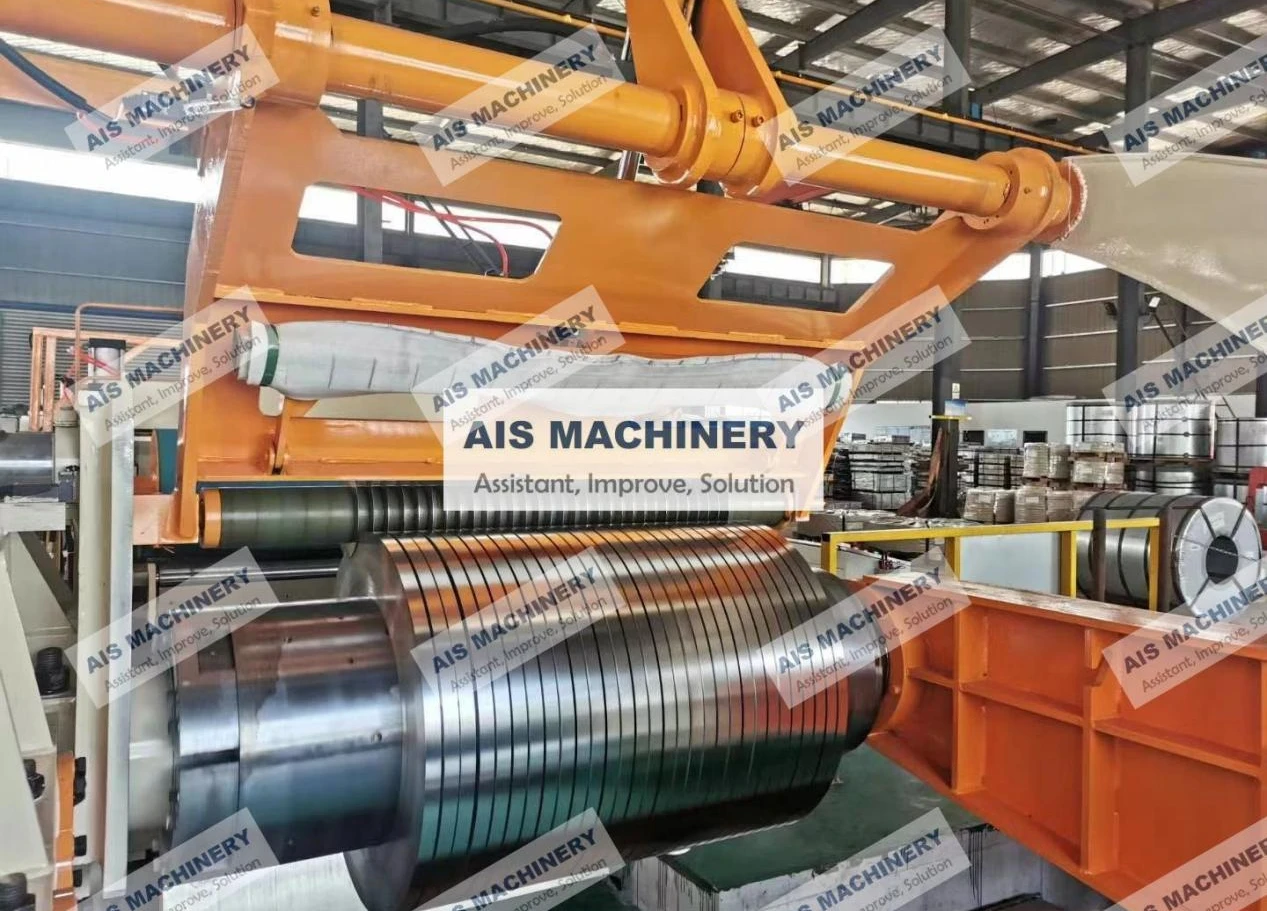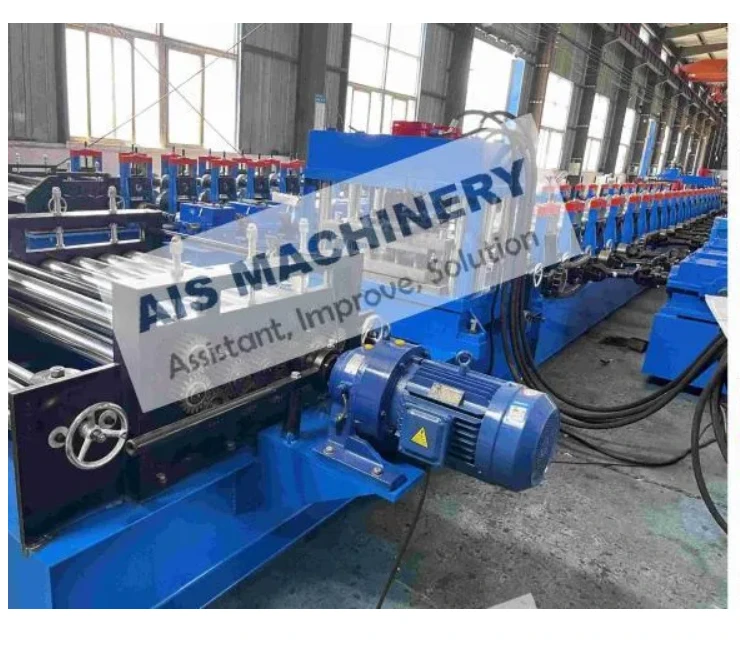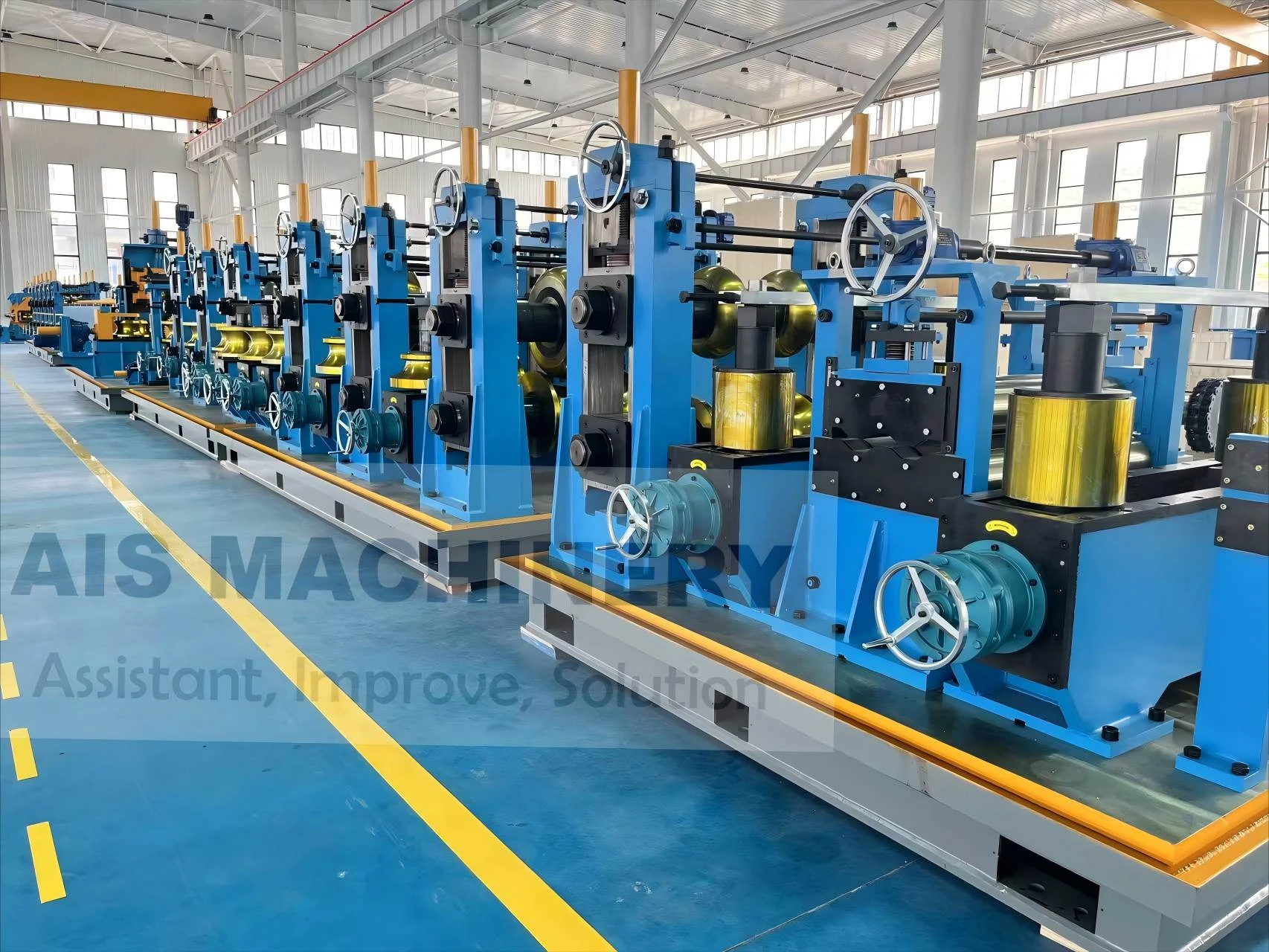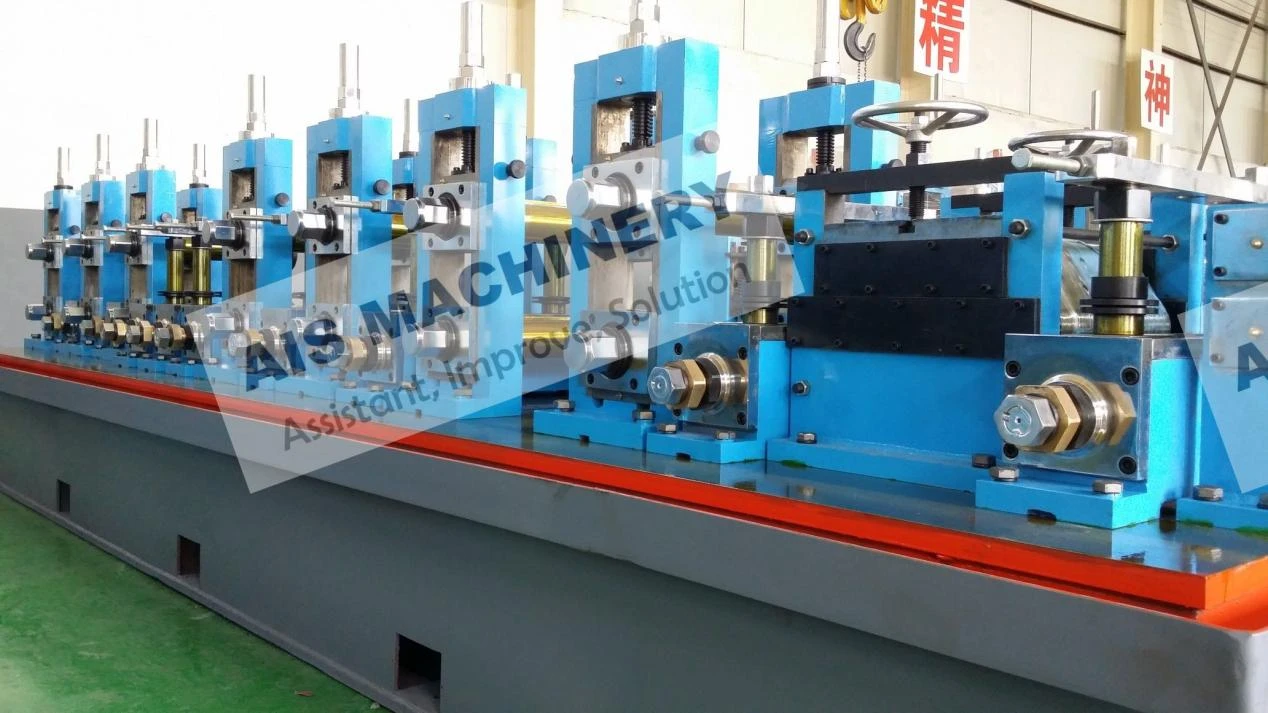-
 Tel:86-15176910262
Tel:86-15176910262
-

Qidiruv
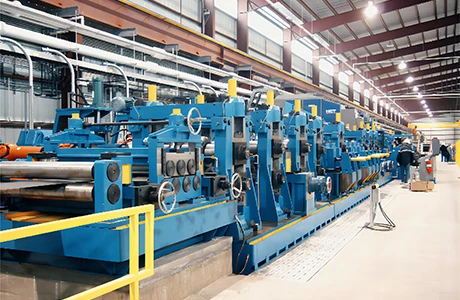
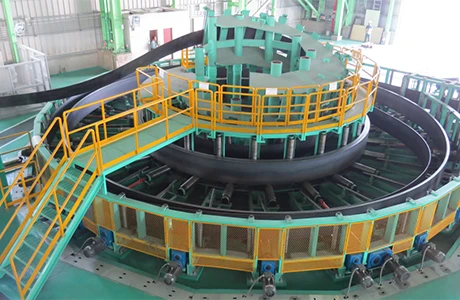
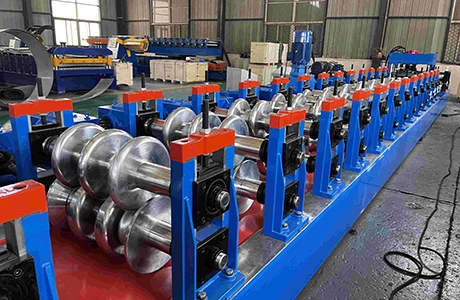
Forming & Sizing Section FAQs
Why choose the round-to-square process instead of direct square forming?


The round-to-square method ensures better weld seam alignment, stronger structural integrity, and greater tooling flexibility, especially for mid-to-thick wall and high-strength materials.
How is the corner quality controlled? What are the common issues?


Corners are formed through gradual pressing in multiple roll passes. Issues like cracking, over-rounded corners, or misalignment can be resolved by optimizing roll design and adjusting pressure settings.
How to prevent weld seam misalignment during forming?


Keep the weld seam centered after welding and ensure symmetrical roll forces during forming. Optional weld seam tracking systems can further stabilize seam position.
Do we need to replace the entire roll set when changing specifications?


No. Only the round-to-square and sizing sections need to be changed, significantly reducing downtime and tooling costs.
What causes edge waviness or "bamboo-like" defects?


These are typically due to excessive deformation per pass or improper roll design. Adjusting the deformation rate and optimizing pressure balance in the sizing unit can solve this.




Tegishli mahsulotlar
Tegishli yangiliklar
Xabar yuborish
Dear customer, thank you for your attention! We provide high-quality machinery and equipment and look forward to your orders. Please inform us of your needs and we will respond quickly!

